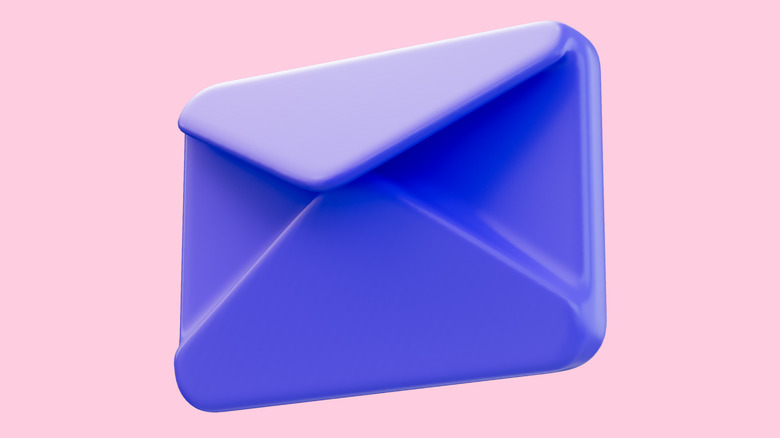Why Everyone Thought Gmail Was An April Fools' Day Joke
Most people in their 20s may not know this, but long before Google became the tech behemoth that it is today, the company was primarily known for a single product: Google Search. For several years after the company's founding in 1998, Google remained steadfastly focused on this single product. Its efforts paid off, and Google Search quickly became the search engine of choice for millions of people — a position it continues to hold even today, 26 years later.
Buoyed by the success of Google Search, the company realized it needed more products in its portfolio. This eventually led to the creation of several then-new products, with the first of these being Google Groups (released in 2001), Google News (2002), and the social media platform Orkut — which went online in January 2004 and became a rage in countries like Brazil and India, even rivaling Facebook (that's a story for another day!). Barely four months after the launch of Orkut, Google officially announced one of the company's most important products ever: Gmail.
What made this announcement interesting was the timing, and the verbiage used in the press release. Google — which had by 2004 earned notoriety for announcing fictitious products and features on April Fools' Day (celebrated on April 1) — announced Gmail's launch on the same day. The language used in the press release was informal, leading to further thoughts of Gmail being just another Fools' Day joke. And if that wasn't all, Gmail offered so many new features, it sounded simply too good to be true.
Gmail made other email services look silly
In the blog post announcing Gmail, Google claimed that the new email service came with 1 GB of storage. While this might sound ridiculously low by today's standards, it was quite incredible back in 2004. To put things into perspective, Gmail offered more than 100x the space available on alternative email services from Yahoo and Hotmail, which offered a paltry 4 MB and 2 MB of space, respectively, on their free tiers at the time.
These incredible claims (for the time) cemented speculation about Gmail being just another April Fools' joke. After the initial hullabaloo, people (and competitors) quickly noted that Gmail was, indeed, the real thing and that Google meant business when it said every Gmail account would get 1 GB of free storage. This eventually led to rivals responding by increasing their storage capacities by decent amounts. For example, Yahoo went from 4 MB to 100 MB, while Hotmail went from 2 MB to 250 MB within the span of a few months.
Google would go on to further add storage capacity at regular intervals, with free storage increasing to 2 GB in 2005. Another incredible announcement made in 2005 was the promise that Google would keep adding more space to Gmail forever. Gmail's web interface even showed a ticking counter of the perpetually increasing storage capacity. Google would eventually break that promise and, as of 2024, all free Google accounts get 15 GB of space, with this capacity being shared across multiple Google services. So, if you barely use your Gmail but end up storing 15 GB of images on your Google Drive, you won't be left with any space for your emails.
Gmail is as reliable as ever, despite a broken promise
April 1, 2024, marks the 20th year of existence for Gmail. The last two decades have seen this once obscure service grow and become the world's most widely used email service. At last count nearly five years ago, there were an estimated 1.5 billion active Gmail users, and its domination doesn't seem to be under any form of threat. Today, having a Gmail account almost always means that the person with access to that account can access several Google services using a single credential. So, aside from an email account, signing up for a Google Account also means seamless access to services like YouTube, Google Maps, Drive, YouTube Music, and Google Translate, all under a single user ID.
Also long gone are the days when 15 GB of cloud storage space was enough. With Google also going back on its promise of perpetually increasing Gmail's storage space, many users have been left with no option but to opt for one of Google's paid plans. The company currently offers a plethora of paid plans that range from an entry-level 100 GB plan to premium — and quite colossal — 10 TB plans. Besides additional storage, these paid plans also offer a lot of additional features that include software tools that help users with better photo editing capabilities, AI features powered by Google Gemini (formerly known as Bard), and even the ability to monitor the dark web.


